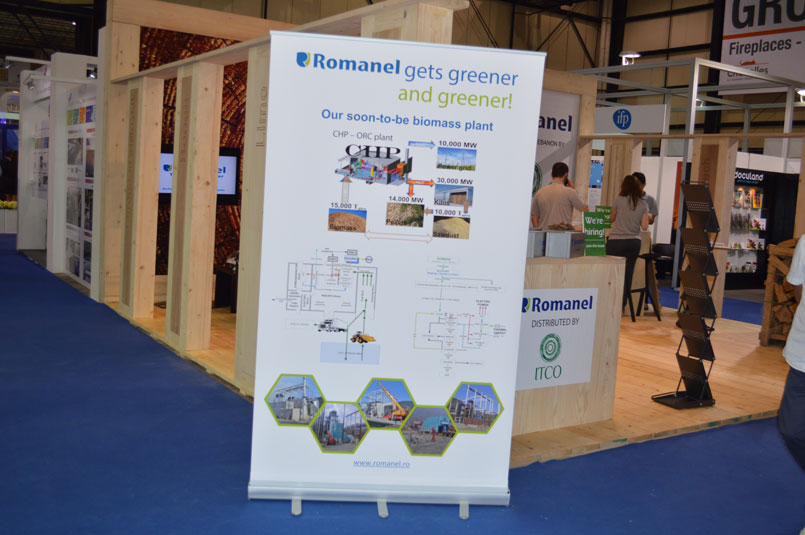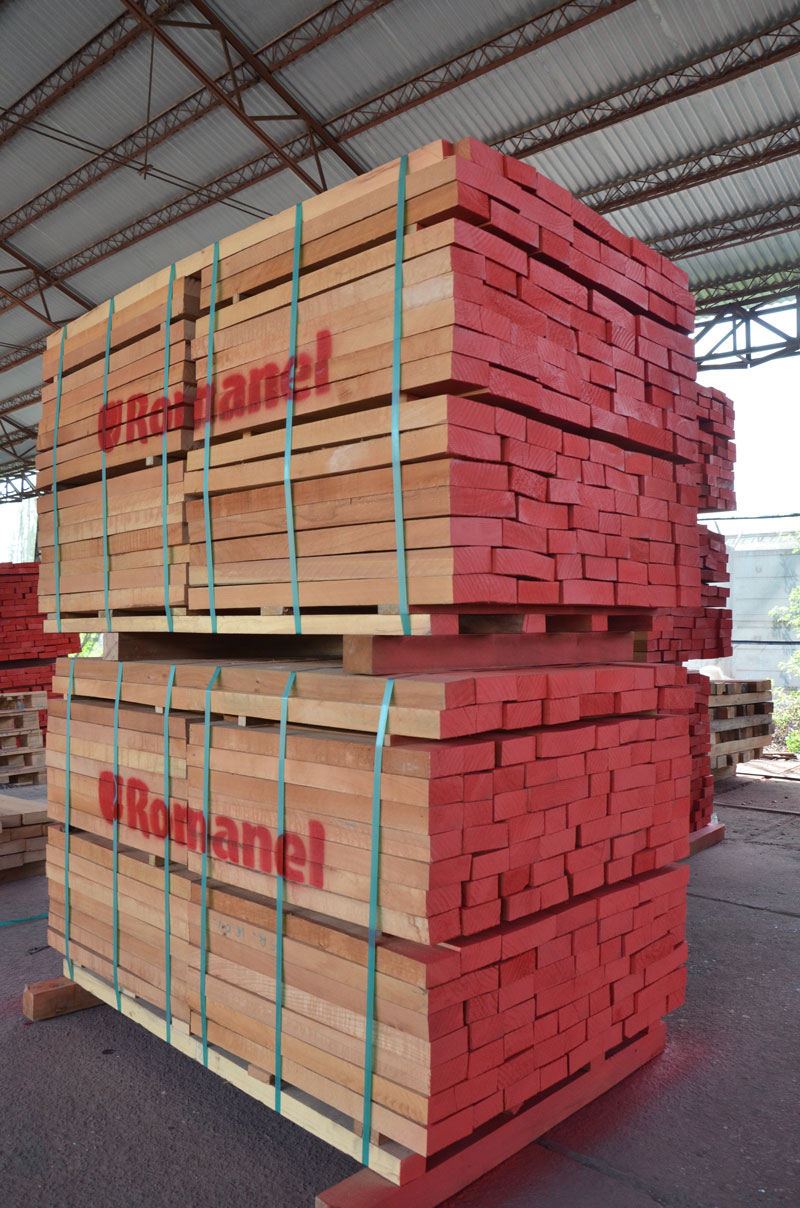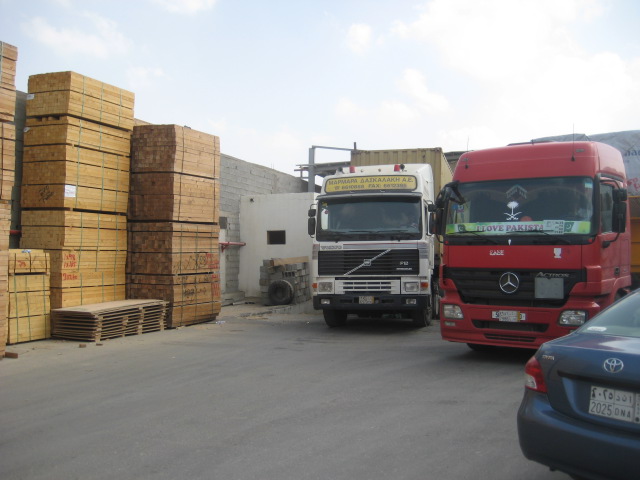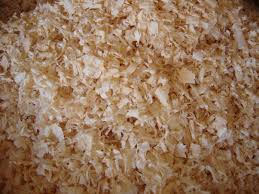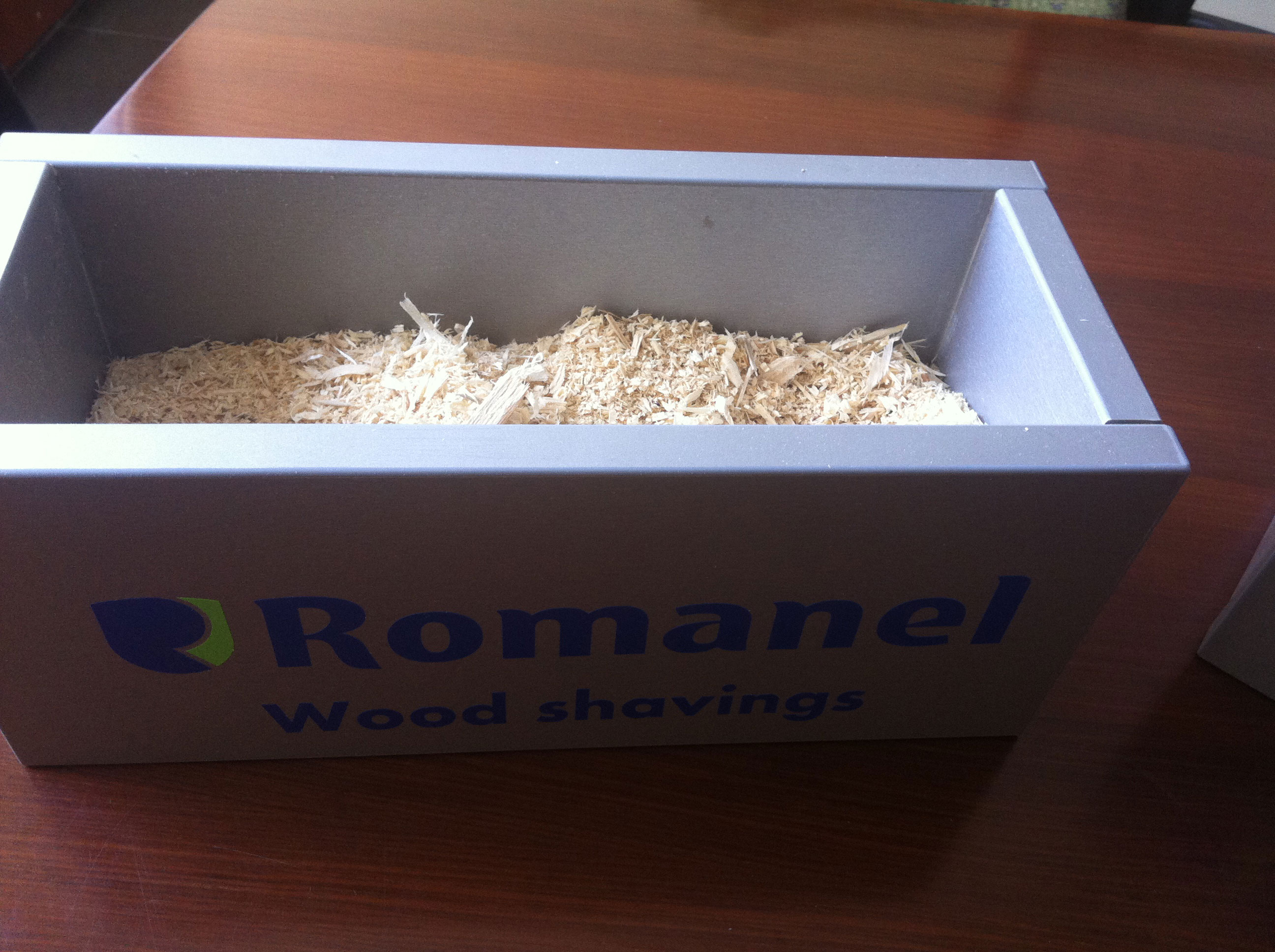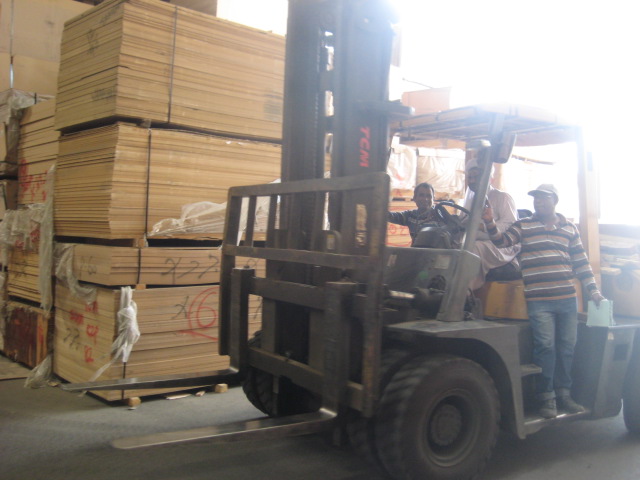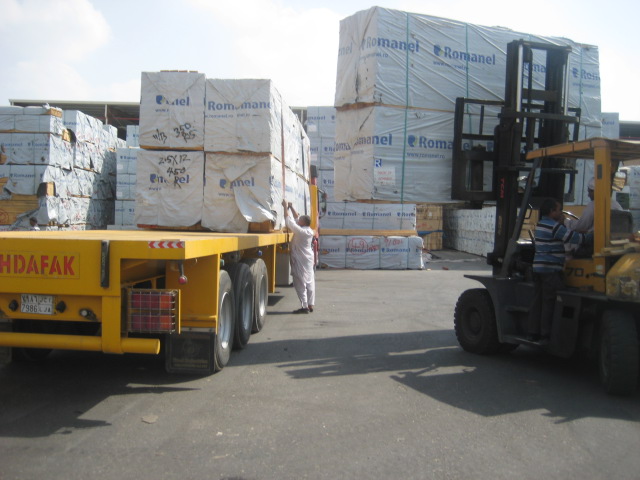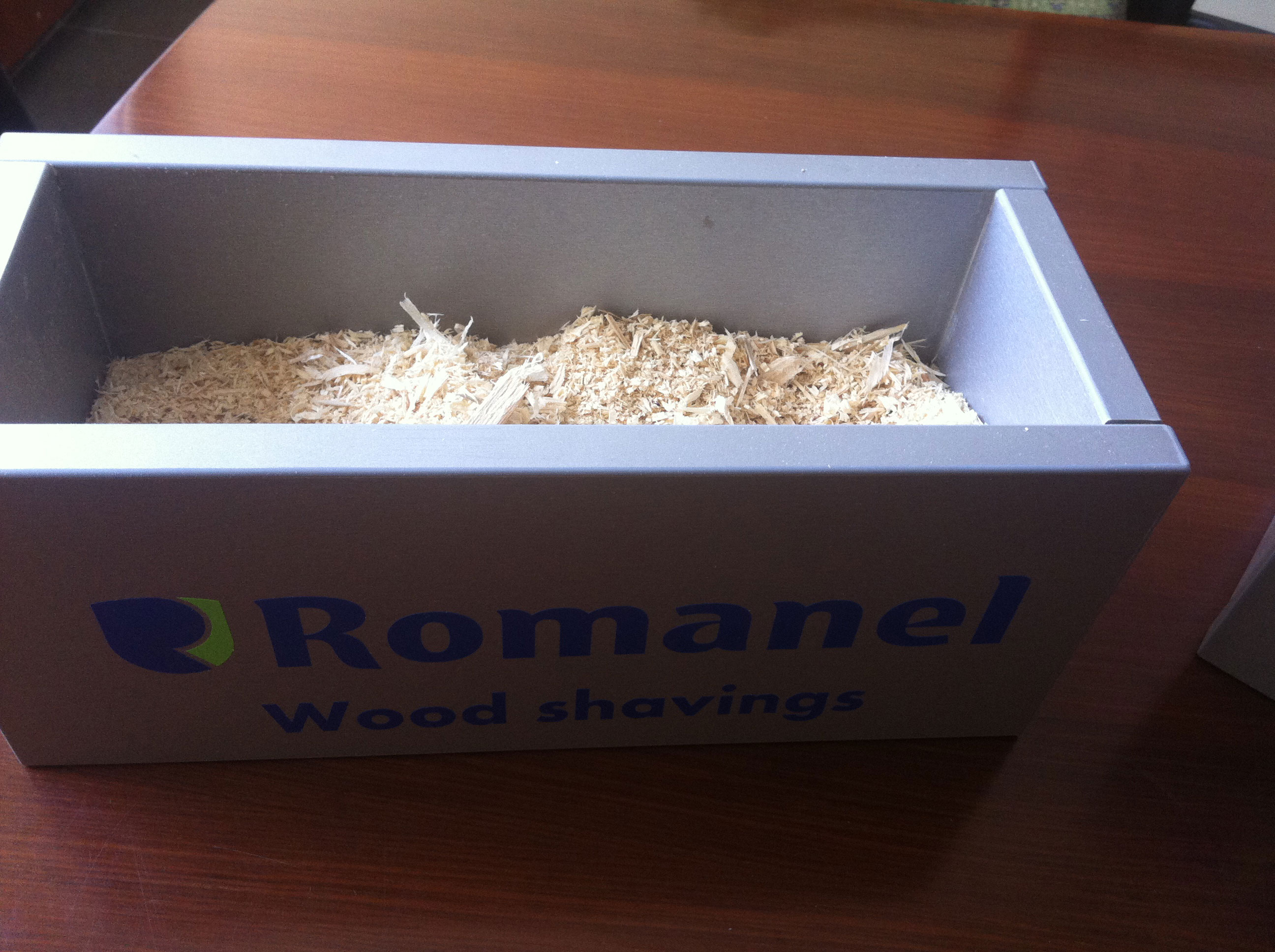
-
Description
Timber obtained from coniferous trees (mainly of the pine and fir families). With the exception of bald cypress, tamarack, and larch, softwood trees are evergreens. Softwood is mostly obtained from the Baltic, Scandinavia, and North America and is the source of about 80% of the world's production of timber.
The term sometimes imprecisely means all soft and hard woods used as construction wood in temperate regions. Softwoods of longleaf pine, Douglas fir, and yew are much harder in the mechanical sense than several hardwoods.
-
Description
Timber obtained from broad-leaved, flower-bearing trees. The term, a classification of material, applied originally to such hard European woods as beech and oak but also includes some of the softest of woods. Included in the category are ebony, various mahoganies, maple, teak, and American black walnut.
Hardwoods have a more complex structure than softwoods. Hardwoods have pores as opposed to conifers. The pores may show considerable variation in size, shape of perforation plates and structure of cell wall.
-
Description
Heartwood darkens on exposure from deep orange-brown or brown to brownish-yellow with darker streaks. Texture is medium to fine. Typical dry weight: 690kg/m3. Grows in West Africa.
-
Properties
Heavy dense wood with medium stiffness and resistance to shock loads. High bending and crushing strength but can distort during steaming. Works well with normal tools but a low cutting angle is advised for planning.
-
Uses
Originally used as a substitute for teak. Now for furniture and cabinetmaking, boatbuilding, parquet flooring, stairs, shop fittings and marine piling. Also used in veneer form for wall paneling, furniture and doors.
-
Description
Heartwood can be light grayish-brown, dark chocolate or purplish-black. Sapwood is whitish to yellowish brown, unless stained or steamed to match the heartwood. Texture is usually coarse, but develops a lustrous patina in time. Typical dry weight: 640kg/m3. Grows in Canada and USA.
-
Properties
Hard tough wood with moderate crushing and bending strength. Low stiffness, works well with machine and hand tools.
-
Uses
Quality cabinetmaking, furniture, architectural work, flooring, boatbuilding, musical instrument and sporting goods. Sliced for decorative veneers and used for plywood.
-
Description
The heartwood is a vivid reddish-orange when freshly cut but can darken to reddish or purplish brown or black. Color fades with age. When newly cut, the sapwood is white, but it turns to grey or brownish-yellow when exposed to light. Typically dry weight: 720kg/m3. Grows in Tropical West and Central Africa.
-
Properties
A heavy and dense wood, it has high bending and crushing strengths, with medium stiffness and resistance to shock loads, and high resistance to abrasion. It is not suitable for steam bending but it planes, sands and carves well.
-
Uses
Quality furniture and joinery, cabinet making, office furniture, parquet flooring, tool and knife handles, shuttles and sporting goods.
-
Description
Also called Oregon pine. It sapwood can be whitish to pale yellow and its heartwood is red brown for summerwood whereas springwood is softer and pinkish-yellow. Typically dry weight: 530kg/m3. Grows in Canada and in the USA, also introduced in Australia, New Zealand, UK, Ireland, France and Belgium.
-
Properties
It has a high crushing and stiffness strength, high bending strength and medium resistance to shock loads.
-
Uses
It produces more plywood than any other timber and vast quantities of veneer. Used also for building, domestic and factory flooring, interior and exterior joinery.
-
Description
Also called Western Red Cedar. Straight and even grain with a coarse texture. Non resinous and with a cedar-like smell but it is not a true cedar. Typically dry weight: 370kg/m3. Grows in Canada, the USA, New Zealand and UK.
-
Properties
Very low resistance to shock loads and very low stiffness. Low bending and crushing strength and very poor steam-bending classification.
-
Uses
Guitar parts, ship and boat building, exterior cladding, sheds and greenhouses and decorative veneers.
-
Description
Also called Scots pine or fir or Norway fir. Typically, the heartwood is pale reddish-brown and clearly distinct from the paler, creamy-white sapwood. It is resinous and knotty, and its texture may be fine or coarse, depending on origin. Typically dry weight: 510kg/m3. Grows in Scandinavia, the UK and Russia.
-
Properties
It has low resistance to shock loads, low stiffness and a very poor steam-bending rating. It works well with both hand and machine tools.
-
Uses
Quality grades are used for furniture, joinery, turnery and vehicle bodies. Other grades are used for building, railway sleepers (railroad ties), telephone poles and piles. It is also rotary-cut for plywood and sliced for decorative veneers.
-
Description
It sapwood is narrow, near-white to yellow and not very distinct from the heartwood. Small knots are quite common. Typical dry weight: 390kgs/m3 Grows in Canada, USA, Mexico, UK and New Zealand.
-
Properties
Works well by hand and machine. It planes to an excellent, clean finish if the cutters are very sharp. Moulds, glues and nails very well.
-
Uses
Rustic furniture, flooring, framing, boxes and crates, posts and poles, cabin logs, heavy construction, wood pulp, plywood, hardboard and particleboard.
-
Description
Also called spruce. Ranges from near-white to a pale yellow-brown, with very little distinction between sapwood and heartwood.Typically dry weight: 470kg/m3. It grows in Europe, Canada and the USA.
-
Properties
Works well by hand and machine. Has low resistance to shock loads and low stiffness. Very poor steam-bending properties.
-
Uses
Apart from Christmas trees, it is used for carpentry, interior construction and joinery, domestic flooring, pulp and paper, veneer and plywood.
-
Description
Light pinkish-brown when freshly cut, darkening on exposure to a deep reddish color. Texture often moderately coarse, with a high, golden luster. Typical dry weight: 530kg/m3. It grows in tropical areas of West, Central and East Africa.
-
Properties
Medium crushing strength, low bending strength, very low stiffness and resistance to shock loads. Generally easy to work with hand tools.
-
Uses
Furniture and cabinetmaking, interior joinery, boatbuilding, office and shop fittings. Also sliced for veneers and rotary-cut for plywood.
-
Description
Little distinction between sapwood and heartwood. Wood is typically creamy-white to pale yellow but darkens on exposure to a golden yellow. It has a wavy or irregularly interlocked grain. Typical dry weight: 550kg/m3
-
Properties
Wood has generally poor steam-bending qualities. Works well with machine and hand tools. Interlocked grain can pick up on planing.
-
Uses
Cabinetmaking, quality joinery, shop and office fittings, musical instruments. High quality veneers are produced from well-figured wood.
-
Description
Sapwood creamy white, pink, pale yellow or grey and is clearly demarcated from heartwood which is golden yellow when newly cut and matures on exposure to an orange-brown. Coarse to medium texture and a medium to high luster. Typically dry weight: 740kg/m3. Grows in Equatorial West Africa.
-
Properties
Medium stiffness and bending strength, low resistance to shock loads, a high crushing strength and poor steam-bending quality. Works fairly well with hand and machine tools, with a medium blunting effect on cutting edges.
-
Uses
Domestic and office furniture, exterior joinery, turnery, shop fittings, boatbuilding, domestic flooring, vehicle bodies, marine work and veneers for paneling and decorative work.
-
Description
Also called Guarea. Generally straight grain, which can be sometimes curly or wavy and a fine texture. Typically dry weight: 580kg/m3. Grows in tropical areas of West Africa and Uganda.
-
Properties
Medium density, low resistance to shock loads and a good steam-bending classification. Very resistant to abrasion.
-
Uses
Furniture and furniture parts, quality joinery, boatbuilding, decorative veneers and plywood.
-
Description
Heartwood is medium red-brown and sapwood ivory or brownish-white. The texture is fairly coarse but even and can be highly lustrous. Typically dry weight: 880kg/m3. Grows in Central and West Central
-
Properties
Steam-bending qualities are poor. Works well with both hand and machine tools.
-
Uses
Mainly for sliced decorative veneers for paneling and cabinets. Also used for boatbuilding, flooring, furniture and knife handles.
-
Description
Heartwood is yellowish-red to brick-red and loses its luster on exposure. Sapwood is grayish-white. Typically dry weight: 850kg/m3. Grows in Burma (Myanmar), Laos, Philippines, Thailand, Vietnam.
-
Properties
Hard, heavy, dense and strong wood with very high bending and crushing strengths. Hard to work with hand tools.
-
Uses
Furniture and cabinetmaking, flooring, boat frames, billiard or pool tables and cues, oil presses and tool handles. Also sliced for decorative veneers.
-
Description
Uniform dark golden-brown heartwood which darkens on exposure. Distinctive narrow to medium-width sapwood is white to pale yellow. Coarse, uneven texture and an oily feel. Typically dry weight: 650kg/m3. Grows in Burma (Myanmar), India, Indonesia, Thailand, Malaysia, Philippines and Java. Also in Central America and tropical Africa.
-
Properties
Hard, medium-density wood, strong and durable. Low stiffness and resistance to shock loads, with high crushing strength, medium bending strength and moderate steam-bending qualities. Acid and fire resistant. Relatively easy to work with both hand and machine tools.
-
Uses
Domestic, outdoor and offices furniture, joinery, flooring, kitchen cabinets, harbor work, boat and ship building, decking, decorative veneers and plywood.
-
Description
Also called black cherry or wild cherry. Heartwood can vary from reddish-brown to either deep red or a lighter red-brown. The sapwood is whitish-to reddish-brown. It has a fine close grain and a smooth texture. Typically dry weight: 580kg/m3. Grows in Canada and the USA.
-
Properties
It has medium strength and resistance to shock loads, low stiffness and good bending properties. It steam-bends well, and has been compared to beech and ash in this regard. Works well with hand and machine tools.
-
Uses
Furniture, cabinetmaking, quality joinery, carving, musical instruments and decorative veneers.
-
Description
Sapwood is hard to differentiate from heartwood. Color varies from whitish to very ale brown. Can turn to a deeper reddish-brown with steaming. Straight grain with fine, even texture and a characteristic fleck. Typically dry weight: 720kg/m3. Grows throughout central Europe and UK; also in western Asia.
-
Properties
Suitable for steam bending. Medium stiffness and high crushing strength. Medium resistance to hand tools.
-
Uses
Solid and laminated furniture such as desks, benches and chairs, quality joinery, tools, tool handles, musical instruments, domestic flooring, decorative veneers and plywood.
-
Description
Also called linden. In French it is referred to as « tilleul ». Initially pale yellow or uniform white, and ages to pale brown after extended exposure. The sapwood is usually not distinct from the heartwood. Typically dry weight: 540kg/m3. Grows in Europe and UK.
-
Properties
Rated as medium in bending and crushing strength, and as low in resistance to shock loads and in stiffness. Dense and resistant to splitting.
-
Uses
Easy to work with both hand and machine tools. Particularly valued for carving and is also used for musical instruments.
-
Description
Heartwood is creamy-white when cut but ages to a light tan. The wood has a high natural luster. The sapwood is not normally distinct from the heartwood. Typically dry weight: 690kg/m3. Grows in Europe, UK, Turkey and USA.
-
Properties
Low resistance to shock loads and low stiffness. This wood steam-bends well. The sapwood is permeable for preservative treatment, but the heartwood is resistant.
-
Uses
Furniture, interior joinery and woodenware. Can also be treated with chemicals to produce grey harewood, which is used for veneers and marquetry.
-
Description
Also called English oak. Heartwood varies from light tan to deep brown. Grain usually straight but irregular. Texture is coarse. Typically dry weight: 720kg/m3. Grows in Europe, Turkey, North Africa, south-eastern Canada and the USA.
-
Properties
Fairly hard, heavy and dense wood with high crushing and bending strength, low stiffness and resistance to shock loads. Very good for steam bending.
-
Uses
Furniture and cabinet making, quality joinery including church pews and pulpits, office furniture, kitchen cabinets, flooring, coffins, boats. Also cooperage for wines, cognac and beers. Sliced for veneers and rotary-cut for plywood.
-
Description
Heartwood ranges in color from yellowish-brown to dark brown or light mauve. The sapwood, which is sharply differentiated from the heartwood, is usually white. Wood is usually straight-grained, with a medium to fine, even texture. Typically dry weight: 590kg/m3. Grows in West Africa.
-
Properties
A hard and heavy wood with high bending and crushing strength, low stiffness and medium resistance to shock loads.
-
Uses
A frequent substitute for American black walnut, it is used for high quality furniture, cabinet making, musical instruments (including pianos), interior trims and dashboards on cars, and is also sliced for decorative veneers.
-
Description
Color generally creamy to light tan. Tough, heavy, straight-grained and flexible, coarse but even in texture. Typical dry weight: 710kg/m3. Grows in Europe, North Africa and western Asia.
-
Properties
Excellent wood for steam bending. Medium resistance to crushing and shock loads, low stiffness. Tough and resilient, with good elasticity.
-
Uses
Furniture and cabinetmaking, turnery, tools handles, sport equipment and decorative veneers.
-
Description
Fraké/Afara/Akom/Limba (Africa)
Pale yellow-brown to straw-colored, and the heartwood may have grey-black streaks. Straight and close-grained, with a moderately coarse texture. Typically dry weight: 550kg/m3. Grows in West Africa.
-
Properties
Low bending strength with low stiffness and medium crushing strength. Takes an excellent finish provided filler is used.
-
Uses
Furniture, interior joinery, shop fittings, coffins and light construction.
-
Description
Yellowish-white sapwood is clearly differentiated from the heartwood, which is golden orange to brown. Grain is moderately interlocked, with a fairly coarse and even texture. Iroko is often used as a substitute for teak. Typically dry weight: 640kg/m3. Grows in East and West Africa.
-
Properties
Low resistance to shock loads and low stiffness. Medium crushing and bending strength, medium density and a moderate steam-bending rating.
-
Uses
Furniture, joinery, carving, moulding, parquet flooring, boat and ship building. Also used for plywood, wall paneling and decorative veneer
-
Description
White or pale grey sapwood not clearly differentiated from the heartwood, which is salmon pink to reddish brown. Wood can attain a mahogany color after exposure to light. Medium to moderately fine texture and a good satin-like lustre. Typically dry weight: 430kg/m3. Grows in Congo, Equatorial Guinea and Gabon.
-
Properties
Weak, low-density wood with very low stiffness, low bending strength and poor steam-bending quality.
-
Uses
Used for plywood and blockboard. Also for furniture, interior joinery, cigar boxes and as a substitute for mahogany.
-
Description
Also called dark red meranti meranti bunga, perawan or light red lauan. Heartwood can be grey with a pinkish tinge. Moderately coarse texture. Typically dry weight: 540kg/m3. Grows in Philippines, Malaysia, Thailand and Indonesia.
-
Properties
Medium crushing and bending strength combined with low shock resistance and low stiffness.
-
Uses
Furniture and cabinetmaking, joinery, kitchen cabinets, office furniture, domestic flooring, boat planking, rough construction, veneer and plywood.
-
Description
Also called American red oak. The heartwood has a biscuit to pinkish- or reddish-brown color. Similar in appearance to white oak but with smaller rays. Texture variable, generally coarse. Typical dry weight: 770 kg/m3. Grows in Eastern Canada and USA, but also in Iran, Europe and UK.
-
Properties
Heavy and hard, with medium stiffness and bending strength. Works well with sharp hand and machine tools.
-
Uses
Furniture and cabinetmaking, interior joinery, boatbuilding, parquet flooring, stairs, organ pipes, dry cooperage, railroad ties and vehicle construction. Sliced for decorative veneers and rotary-cut for plywood.
-
Description
This commercially important wood is reminiscent of mahogany, a member of the same family, with a distinctive figure, typically applied where figure is important. Typically dry weight: 640kg/m3. Grows in tropical Africa.
-
Properties
Works well by hand and machine. It planes easily. Moulds, glues and nails very well.
-
Uses
Most commonly used for flooring. Also used in musical instruments (acoustic guitar bodies, electric guitar bodies, ukuleles and harps). The American car maker Cadillac uses it for interior wood trim on its vehicles.
-
Description
The heartwood can be light greyish-brown, dark chocolate or purplish-black. The sapwood is whitish to yellowish brown, unless stained or steamed to match the heartwood. The texture is usually coarse but develops a lustrous patina in time. Typically dry weight: 640kg/m3. Grows in Canada and USA.
-
Properties
This hard, tough wood has moderate crushing and bending strength, low stiffness, and steam-bends well. It works well with machine and hand tools, with a moderate blunting effect.
-
Uses
Quality furniture, flooring, boatbuilding, musical instruments, decorative veneers and plywood.
-
Description
Origins: Indonesia, China, Europe
Types: Plain or Veneered. -
Uses
Blockboard is a wood based panel, made up of a core of softwood strips glued together. The strips may be up to about 28mm wide and are placed edge to edge and sandwiched between veneers of softwood, hardwood or thin MDF or particleboard, glued under high pressure. The internal strips are generally made of light weight poplar wood or spruce.
Blockboard is used to make doors, tables, shelves, paneling and partition walls. It is normally used for interior usages, due to the type of glues used. Blockboard (also called lumber core) has very good screw holding and can be considered as solid wood; it has a good resistance to warping.
-
Description
PLAIN:
Chinese Plywood
Indonesian Plywood
Malaysian Plywood
FILM FACED (Marine Plywood):
Russia
Finland
Indonesia
China
-
Description
MDF Paper overlay
MDF Veneered
MDF Melamine
-
Description
Chipboard, also known as particleboard, is made from a variety of scrap wood materials including sawdust and paper. These materials are glued together with melamine resin, a mixture of melamine and formaldehyde which helps the chipboard hold its shape. The resulting product is very dense and extremely strong, and can in fact be superior to actual wood in some applications such as flooring, where high strength is desired. It is also used in products like furniture, to increase sturdiness and lower costs.
-
Description
Chipboard, also known as particleboard, is made from a variety of scrap wood materials including sawdust and paper. These materials are glued together with melamine resin, a mixture of melamine and formaldehyde which helps the chipboard hold its shape. The resulting product is very dense and extremely strong, and can in fact be superior to actual wood in some applications such as flooring, where high strength is desired. It is also used in products like furniture, to increase sturdiness and lower costs.
-
Description
Chipboard, also known as particleboard, is made from a variety of scrap wood materials including sawdust and paper. These materials are glued together with melamine resin, a mixture of melamine and formaldehyde which helps the chipboard hold its shape. The resulting product is very dense and extremely strong, and can in fact be superior to actual wood in some applications such as flooring, where high strength is desired. It is also used in products like furniture, to increase sturdiness and lower costs.



